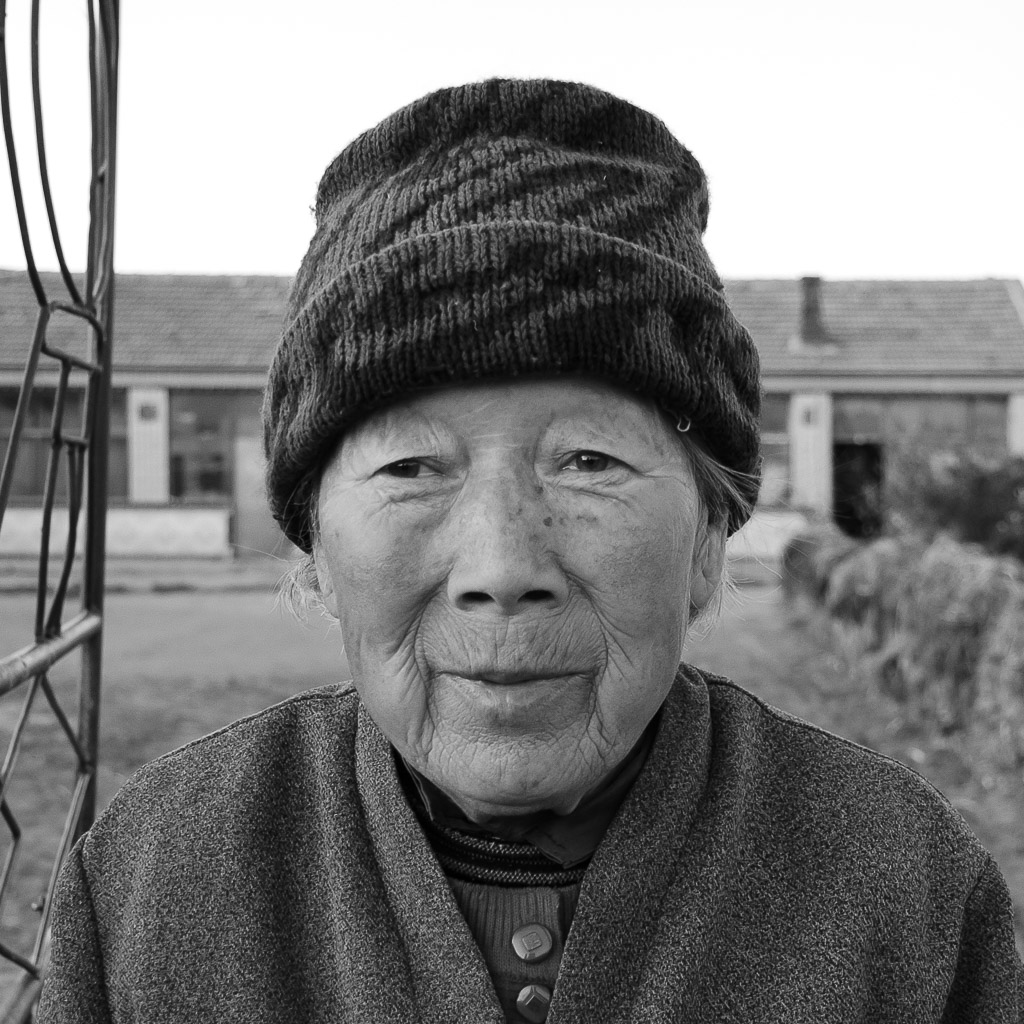
Changing China
Over the last four decades, almost half the population has moved from the countryside to cities.
Disappearing Villages
In 1980, 81% of people in China lived in rural areas. In 1995, after economic reform, 69% remained. By 2021, another 30% had moved to cities, leaving only 37% on the land.
Everywhere in China, villages have emptied… are emptying. The shift is gradual but pervasive. At first, the young people move to cities to go to school or work while parents and grandparents stay on the land, managing the farm and raising grandchildren. Eventually the local school closes or a grandparent’s health fails, and the elders move off the land into a rented room in an urban slum or a high rise apartment on the edge of town. The family home is bricked up, leaving one less family in the village, adding one more in the city…… and so on, all across China.
It is the largest rural-urban migration in human history. By 2025, the government will have moved 250 million people into cities, leaving less than 30% of the population on the land.
The village is the foundation of traditional Chinese society. As villages and village life disappear, the rural underpinnings of the Chinese way of life are swept away. What will come to replace traditional values and customs forged in tight-knit rural communities? What will the future China look like as it transitions from its village roots into a nation of urban dwellers?
Village Profile
Niujiatan, Zhangbei County 张北县牛家滩村
Niujiatan (pronounced NIU-ja-tahn) Village is on the Bashang Grasslands (坝上草原), north of the Great Wall, near Inner Mongolia. Former grazing territory of Mongolian nomads, the land is not good for cultivation; the soil is rocky, the growing season short, and water is scarce. Winters are long and harsh. But when immigrants from Shanxi (山西) settled here four generations ago, three brothers surnamed Niu (Cow) staked their claim on this highland and began to farm. Their descendants, the Nius of Niujiatan, like farmers all over Zhangbei, herd cattle and grow subsistence crops - oats, potatoes, beans, millet, and corn.
At its peak in the early 1990s, over 100 people lived in Niujiatan’s 30 homes. In 2003, half the families had moved, leaving 30 adults and 5 children, who still walked to school in the next village. When the school closed in 2007, and the kids left to join parents or go to boarding school, 27 adults still lived in Niujiatan. By 2018, 8 couples - 16 adults, most in their 70s and 80s - remained.
When I first visited in 2003, the only way to Niujiatan was by rutted dirt track. Donkey carts were more common than cars. There were TVs in every home but no phones. Phone calls were made from the shop in the next village, a 20-minute walk away. It was like the other half-empty villages you could find anywhere in China, more cut off perhaps, populated by a small group of aging farmers working the land in the only life they'd ever known.
Below are images of the village as it was up until 2019 (click on a photo to open the lightbox).
Village in Transition: where we began
Transformation of Chinese cities is widely covered in the media, but the dying villages left behind are forgotten. Ways of life and livelihood practiced for millennia are quietly passing away.
Traditional village life is either denigrated or idealized in China - but generally not recorded.
In 2007, with help from my friends in Niujiatan, we began to record their life - in sculpture, photography, and writing. At first some of the older villagers viewed this work with suspicion. It took several years and repeated trips to gain the trust and understanding of the whole community.
Below is a portrait of Niujiatan - the 27 full-time residents in 2007 (click on a photo to open the lightbox).
Sculpture: making hands
In a land of small family plots and little mechanization, the hand is the most basic tool, the direct link to food and survival. The hand represents the physical hand-driven way of life, the life of farmers engaged in traditional agriculture.
In 2007 I began to sculpt the hands of the farmers in Niujiatan, those who still relied on their hands to survive.
Photography: recording LIfe
The hands on their own do not tell the whole story. We needed images to record the movement of village life through the year. In 2007 I also began to document, in stills and video, the farmers' everyday lives, focusing on the busy seasons - spring planting and fall harvest.
For further reading
World Bank data on Rural Population (% of total population)
Wikipedia article about Migration in China
Wikipedia article about Urbanization in China
Current News
Feb. 2014 NY Times article by Ian Johnson about rural-urban migration: "In China, 'Once the Villages are Gone, the Culture is Gone'"
Nov. 2013 Telegraph article/video by Tom Phillips about vanishing villages: "China's villages vanish amid rush for the cities"
June 2013 NY Times article/video by Ian Johnson about government plans: "China's Great Uprooting - Moving 250 Million into Cities"
Academic Works
Classic text on rural basis of Chinese society by Fei Xiaotong (费孝通): From the Soil, The Foundations of Chinese Society 《乡土中国》
Compilation of articles by Harvard scholars on Rural-Urban Issues in China edited by Martin Whyte: One Country, Two Societies



































